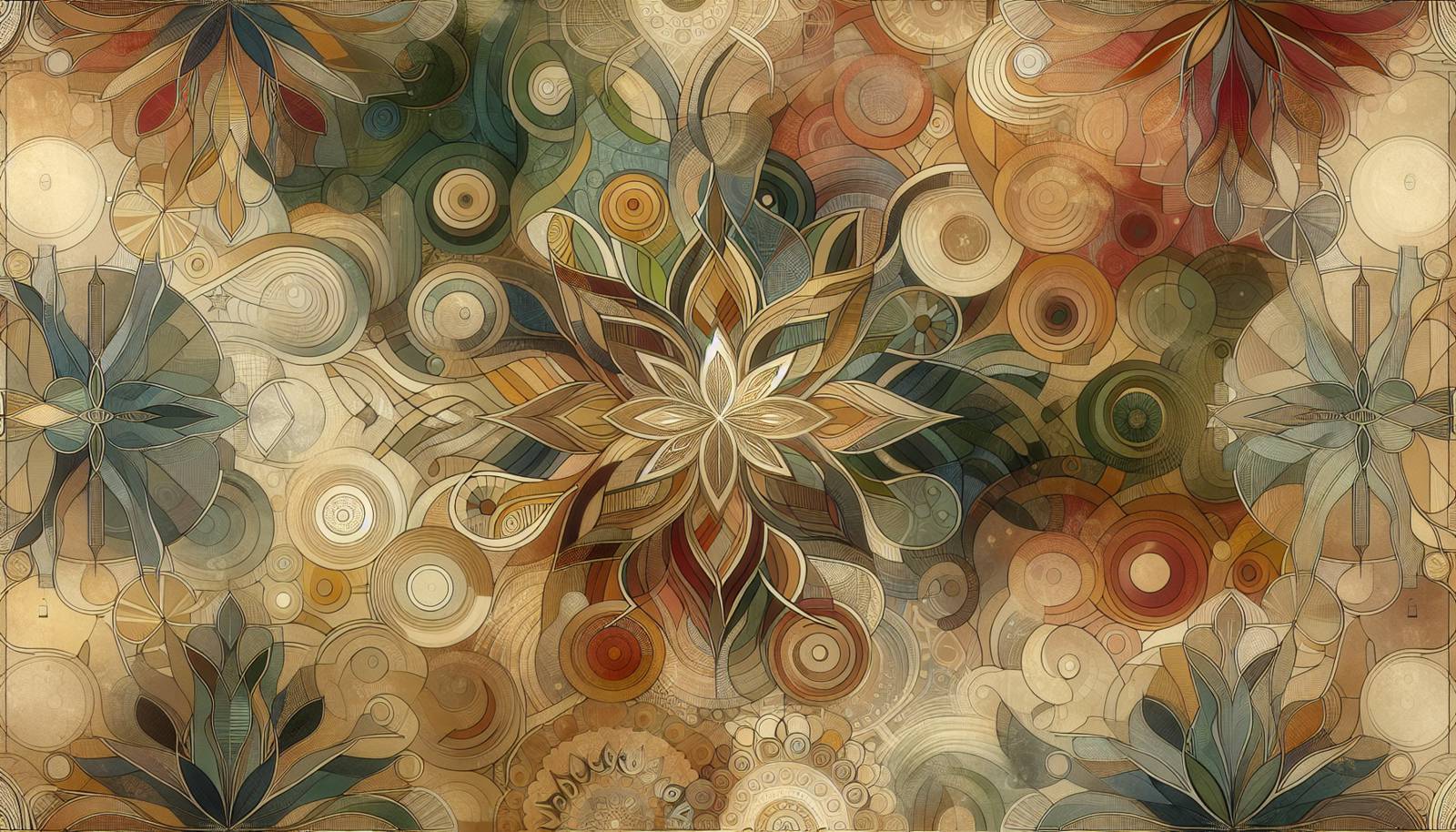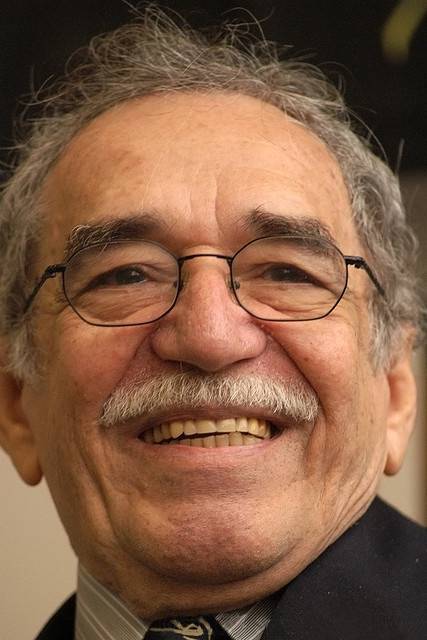
FAQ About Gabriel García Márquez

Who is Gabriel García Márquez?
Gabriel García Márquez was a Colombian novelist, short-story writer, screenwriter, and journalist. He was born on March 6, 1927, in Aracataca, Colombia, and is best known for his novels that explore the blend of fantasy and reality known as magical realism. Márquez's works, including 'One Hundred Years of Solitude' and 'Love in the Time of Cholera', have had a significant impact on modern literature.

What is Gabriel García Márquez's most famous book?
Gabriel García Márquez's most famous book is 'One Hundred Years of Solitude' ('Cien años de soledad'), published in 1967. The novel is a cornerstone of magical realism and tells the multi-generational story of the Buendía family in the fictional town of Macondo. It is celebrated for its inventive narrative style and profound exploration of themes such as time, solitude, and the cyclical nature of history.

What is magical realism?
Magical realism is a literary genre or style that incorporates fantastical elements into otherwise realistic settings. In magical realism, the supernatural is presented in a matter-of-fact manner, as an accepted part of the environment. This genre is often used to explore perception, cultural identity, and the blending of fantasy with everyday life. Gabriel García Márquez is one of the most renowned authors known for using this style in his works, most notably in 'One Hundred Years of Solitude'.

Did Gabriel García Márquez win any awards?
Yes, Gabriel García Márquez won numerous awards throughout his career, most notably the Nobel Prize in Literature in 1982. He was recognized "for his novels and short stories, in which the fantastic and the realistic are combined in a richly composed world of imagination, reflecting a continent's life and conflicts."

When did Gabriel García Márquez die?
Gabriel García Márquez passed away on April 17, 2014, in Mexico City, Mexico, at the age of 87. He left behind a legacy as one of the most significant writers of the 20th century, having deeply influenced literary circles worldwide with his distinct voice and storytelling style.

What are some common themes in Gabriel García Márquez's works?
Gabriel García Márquez's works often revolve around themes such as love, solitude, and the passage of time. He frequently explores social and political issues, using settings and characters that highlight the complexities of Latin American identity and culture. His unique magical realism style seamlessly intertwines the mystical with everyday life, allowing for a deep exploration of human nature and society.

Which language did Gabriel García Márquez write in?
Gabriel García Márquez primarily wrote in Spanish. His works are widely translated into numerous languages, making them accessible to a global audience. His profound storytelling and compelling themes have won readers' hearts across different cultures and languages.

What impact did Gabriel García Márquez have on literature?
Gabriel García Márquez revolutionized literature by popularizing magical realism, influencing countless writers across the globe. His intricate narratives and richly detailed worlds have reshaped perceptions of Latin American culture and literature. The unique magical elements in his novels expand the possibilities of storytelling beyond traditional realism, inspiring many to explore reality and fantasy in innovative ways.

How did Gabriel García Márquez contribute to Latin American literature?
Gabriel García Márquez was a pivotal figure in the Latin American Boom, a literary movement in the 1960s and 1970s where a group of Latin American authors gained international recognition. His works offered profound insights into Latin American life, touching on themes relevant to the social, political, and cultural landscape of the region. His success helped bring Latin American literature to the attention of a broader, global audience.

What inspired Gabriel García Márquez to write 'One Hundred Years of Solitude'?
Gabriel García Márquez was inspired to write 'One Hundred Years of Solitude' by his own childhood experiences in Aracataca, Colombia, as well as the vibrant storytelling of his grandmother, who often recounted family tales with fantastical elements. The political and social climate of Latin America also influenced his work, leading him to weave historical and cultural reflections into the narrative.

What genre did Gabriel García Márquez primarily write in?
Gabriel García Márquez is most famously associated with the genre of magical realism. While he wrote across different genres, including journalism, non-fiction, and screenwriting, his novels in the magical realism style, such as 'One Hundred Years of Solitude' and 'Love in the Time of Cholera', solidified his standing as a preeminent figure in this literary genre.

Where can I start reading Gabriel García Márquez?
If you're new to Gabriel García Márquez, a great starting point is his masterpiece, 'One Hundred Years of Solitude'. This novel encapsulates his rich storytelling and introduces readers to his signature magical realism. Another accessible entry is 'Love in the Time of Cholera', which showcases his exploration of love and human relationships.

How did Gabriel García Márquez influence magical realism?
Gabriel García Márquez played a critical role in bringing magical realism into the international spotlight. His innovative integration of fantastic elements into the realistic settings of his stories expanded the boundaries of what narratives could achieve. His influence encouraged other writers to similarly blend the magical with the mundane in ways that explore psychological and societal themes with depth and creativity.

What is 'Love in the Time of Cholera' about?
'Love in the Time of Cholera', published in 1985, is a novel by Gabriel García Márquez that explores the theme of enduring love. It tells the story of Florentino Ariza and Fermina Daza, whose youthful romance faces numerous obstacles over the years. The narrative spans over half a century, examining how love evolves, sustains, and challenges the protagonists against the backdrop of a rapidly changing society.

Did Gabriel García Márquez have any influences?
Gabriel García Márquez was influenced by a variety of literary and personal sources. His grandmother's storytelling was a significant influence, as was the political history of Latin America. Literary influences included writers such as Virginia Woolf, William Faulkner, and Franz Kafka, whose works offered unique narrative techniques and thematic explorations that Márquez incorporated into his own style.

How do critics view Gabriel García Márquez's work?
Critics generally regard Gabriel García Márquez's work as groundbreaking and highly influential. His skillful use of magical realism has been praised for its originality and depth. Critics admire his ability to weave complex narratives that offer satirical yet heartfelt insights into Latin American culture and societal issues. His storytelling continues to be celebrated for its breadth, inventiveness, and emotional resonance.

Was Gabriel García Márquez politically active?
Yes, Gabriel García Márquez was known for his political engagement and often incorporated political themes into his works. He was a vocal critic of authoritarianism and corruption in Latin America. Márquez had friendships with several political leaders, including Fidel Castro, though he maintained a stance as an independent thinker who prioritized artistic freedom over political affiliation.

What role does the setting of Macondo play in Márquez's works?
The fictional town of Macondo is a central setting in 'One Hundred Years of Solitude' and other works by Gabriel García Márquez. Macondo is symbolic of Latin American culture and history, serving as a microcosm for exploring themes of isolation, political turmoil, and human struggle. The detailed and richly imagined world of Macondo mirrors real-world events and emotions, allowing Márquez to critically examine societal and historical cycles.

What are the main themes in 'One Hundred Years of Solitude'?
'One Hundred Years of Solitude' explores several central themes, including the cyclical nature of history, solitude, and the influence of memory and nostalgia. It delves into the complexities of family dynamics and societal change, often using magical realism to highlight the interplay between reality and imagination. The novel's astute observations elevate it as a profound commentary on the human experience.

Why is Gabriel García Márquez's writing style unique?
Gabriel García Márquez's writing style is unique due to his masterful integration of magical realism with poignant social and political commentary. His richly descriptive narrative, intricate plots, and deep character exploration combine to create immersive stories that challenge readers' perceptions of reality. His work's lyrical quality and imagination have left a lasting impact on global literature.
